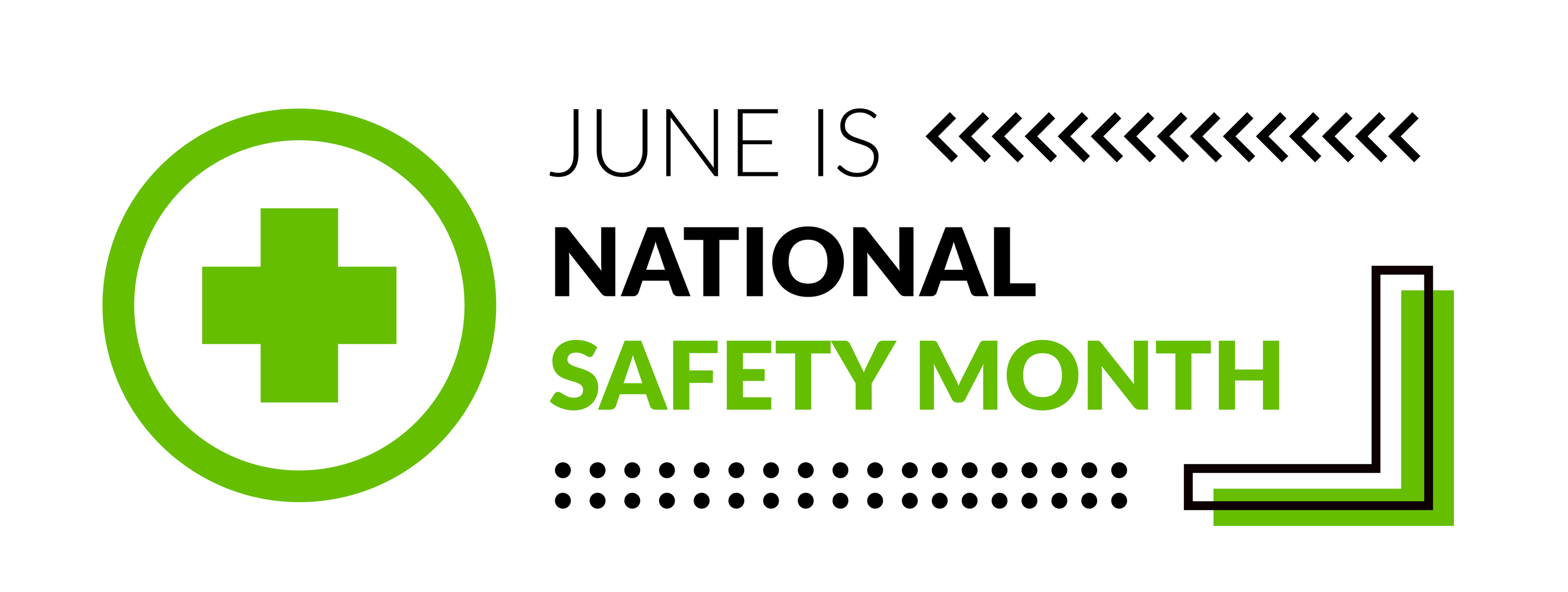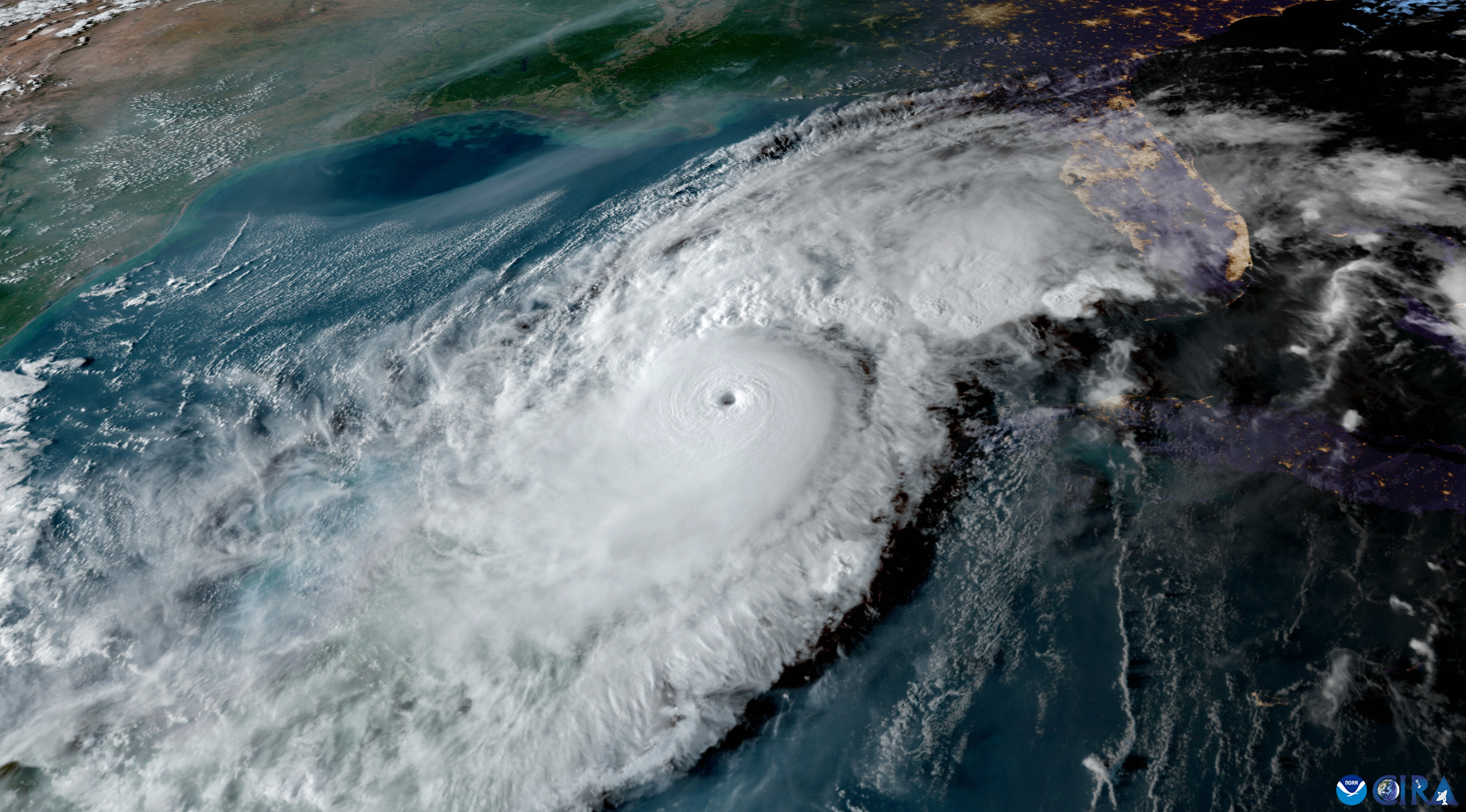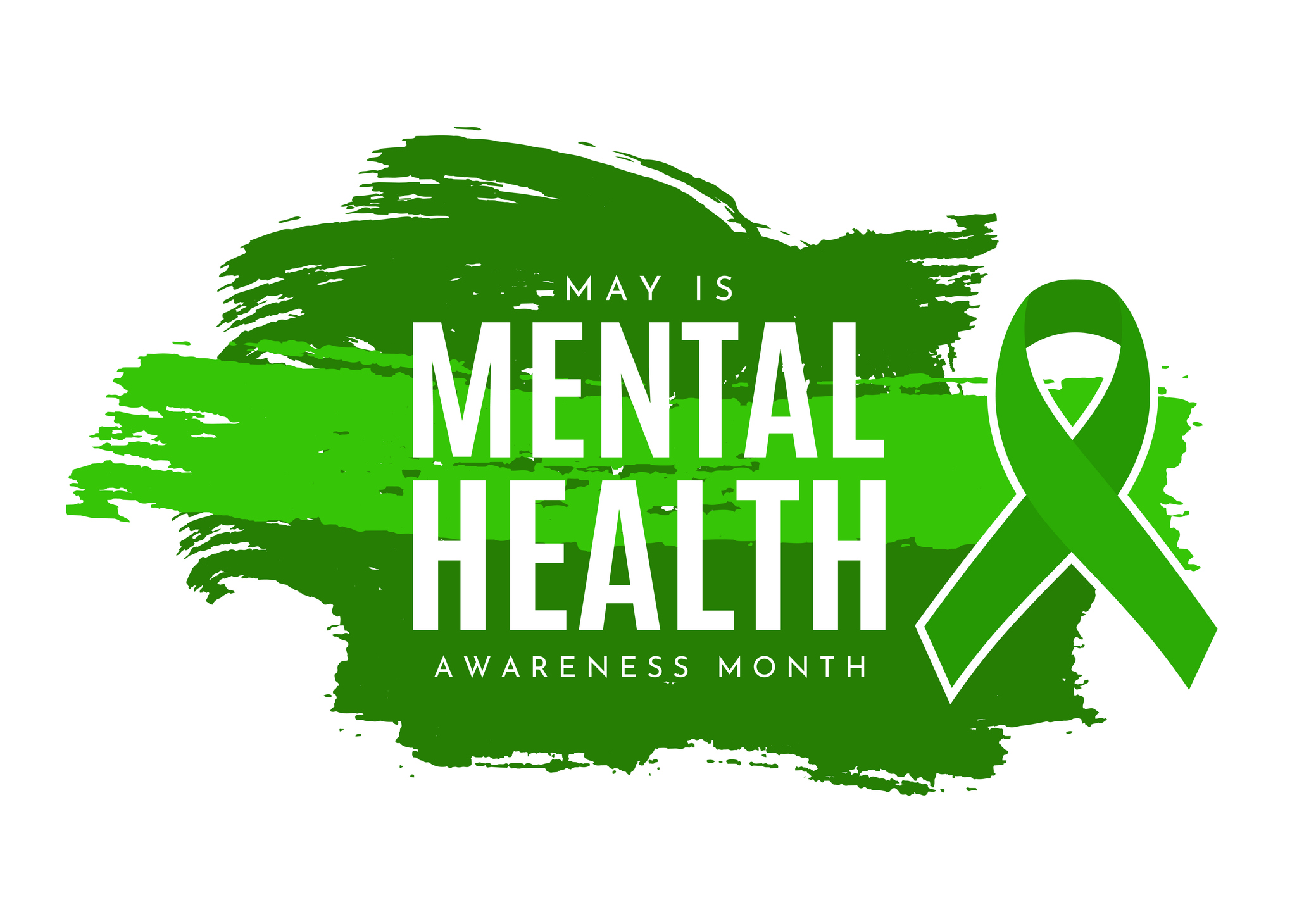What is causing workplace burnout?
Employees in today’s workforce are expected to operate in highly demanding environments and to show resilience against growing psychological burdens. As a result, many individuals are experiencing high-consequence levels of distress.
What industries may be experiencing higher rates of employee burnout?
Burnout is especially evident in the health and human services industry. Health workers have reported feeling burned out given the tense and traumatic situations (such as the death of a patient and emotionally distraught family members) they face each and every day. In addition, health aides, surge and temp workers are experiencing increased responsibility, with the worker shortage causing more professionals to provide care under pressure and having to do more with less.
Workers in other kinds of “helping” professions face high levels of burnout as well. These include police, firefighters, teachers, clergy, and customer service employees. Such workers also accumulate distress due to the emotional labor unique to their roles. The manufacturing and construction workforces frequently point to exposures to physical hazards, unforgiving work schedules, financial stressors, and personal life issues as key factors driving stress.
How can employee burnout negatively impact an organization?
Burnout can significantly impact an employee’s ability to do his or her job. Unmanaged stress levels and burnout impact engagement, absenteeism, judgment, decision-making, situational awareness, and physical health. Organizationally, this cumulative toxic stress can lead to systemic dysfunction, poor work performance and problematic customer service.
High employee turnover is the most obvious and widely-known impact of workplace burnout. But burnout also creates more risk for organizations, something many companies aren’t aware of. At Graham, however, we see in claims data that stress does factor into risk.
How can employee burnout lead to organizational risk?
An employee’s high stress level may result in an error or accident because he or she had delayed reaction time or made a poor decision. Or, an employee may leave an organization after one-too-many incidents of physical assault or verbal abuse because the organization did not know how to handle the trauma caused by those conditions.
For health and human services organizations, employee burnout may lead to patient harm, which could be detrimental to the organization. In fact, Stanford Medicine recently reported that medical errors may stem more from physician burnout than unsafe health care settings.
What can organizations do to combat workplace burnout?
Organizations should seek comprehensive solutions. We believe the solution lies in creating a resilient workforce with well-prepared leaders and managers who can face challenges with organizational vigor.
It starts with putting shared responsibility on the organization and the employees. Knowing that employees cannot change the fact that they will feel stressors in their daily lives, leaders and managers should be equipped with the skills needed to demonstrate resilience across the organization.

Philadelphia, PA, 19102



EB.jpg)



